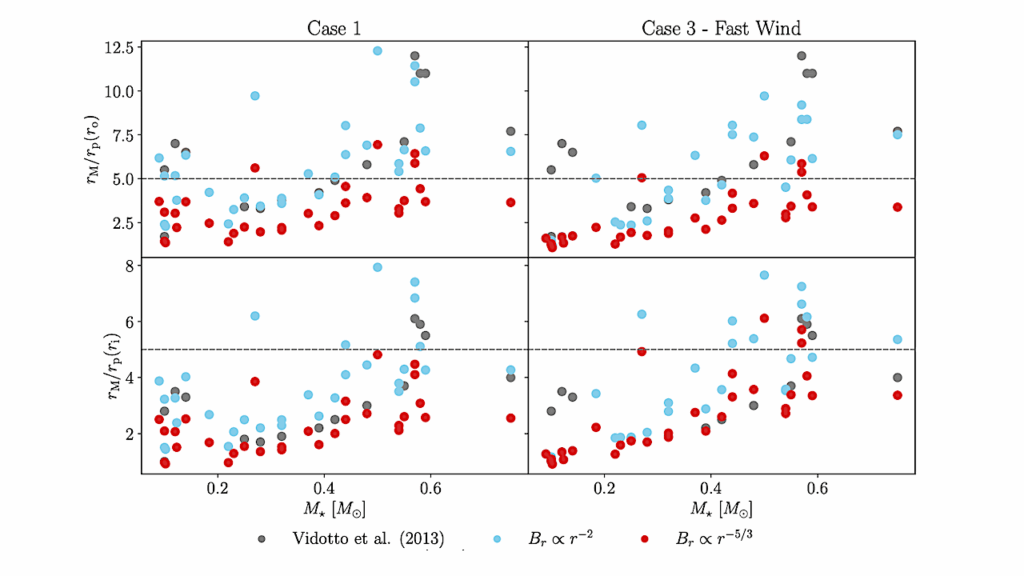BioSentinel Microfluidics Project To Measure Deep Space Radiation

Earth’s magnetic field shields space station crew from much of the radiation that can damage the DNA in our cells and lead to serious health problems.
When future astronauts set off on long journeys deeper into space, they will be venturing into more perilous radiation environments and will need substantial protection. With the help of a biology experiment within a small satellite called BioSentinel, scientists at NASA’s Ames Research Center, in California’s Silicon Valley, are taking an early step toward finding solutions.
To learn the basics of what happens to life in space, researchers often use “model organisms” that we understand relatively well. This helps show the differences between what happens in space and on Earth more clearly. For BioSentinel, NASA is using yeast – the very same yeast that makes bread rise and beer brew. In both our cells and yeast cells, the type of high-energy radiation encountered in deep space can cause breaks in the two entwined strands of DNA that carry genetic information. Often, DNA damage can be repaired by cells in a process that is very similar between yeast and humans.
BioSentinel will be NASA’s first biology study since the Apollo era to take place beyond where the space station orbits near Earth. The cereal box-sized satellite will travel to deep space on the Space Launch System, NASA’s powerful new rocket, then fly past the Moon in a direction to orbit the Sun. Once the satellite is in position beyond our planet’s protective magnetic field, the BioSentinel team will trigger a series of experiments remotely, activating two strains of the yeast Saccharomyces cerevisiae to grow in the presence of space radiation. Samples of yeast will be activated at different time points throughout the six- to twelve-month mission.
One strain is the yeast commonly found in nature, while the other was selected because it has trouble repairing its DNA. By comparing how the two strains respond to the deep-space radiation environment, researchers will learn more about the health risks posed to humans during long-term exploration and be able to develop informed strategies for reducing potential damage.
Built on a history of small-satellite biology
The BioSentinel project builds on NASA Ames’ history of carrying out biology studies in space using CubeSats – small satellites built from individual units each about four inches cubed. BioSentinel is a six-unit spacecraft weighing about 30 pounds. It houses the yeast cells in tiny compartments inside microfluidic cards – custom hardware that allows for the controlled flow of extremely small volumes of liquids that will activate and sustain the yeast. Data about radiation levels and the yeast’s growth and metabolism will be collected and stored aboard the spacecraft and then transmitted to the science team back on Earth.
A reserve set of microfluidic cards containing yeast samples will be activated if the satellite encounters a solar particle event, a radiation storm coming from the Sun that is a particularly severe health risk for future deep space explorers.
Multiple BioSentinels will compare various gravity and radiation environments
In addition to the pioneering BioSentinel mission that will traverse the deep space environment, two more identical experiments will take place under different radiation and gravity conditions. One will run on the space station, in microgravity that is similar to deep space, but with comparatively less radiation. Another experiment will take place on the ground, for comparison with Earth’s gravity and radiation levels. These additional versions will show scientists how to compare Earth and space station-based science experiments – which can be conducted much more readily – to the fierce radiation that future astronauts will encounter in space.
Taken together, the BioSentinel data will be critical for interpreting the effects of space radiation exposure, reducing the risks associated with long-term human exploration, and confirming existing models of the effects of space radiation on living organisms.
Partners:
NASA’s Ames Research Center, in California’s Silicon Valley, leads the science, hardware design and development of the BioSentinel mission. Partner organizations include NASA’s Johnson Space Center, in Houston, Texas and Loma Linda University Medical Center, in Loma Linda, California. BioSentinel is funded by the Advanced Exploration Systems Division within the Human Exploration and Operations Mission Directorate at NASA headquarters.








